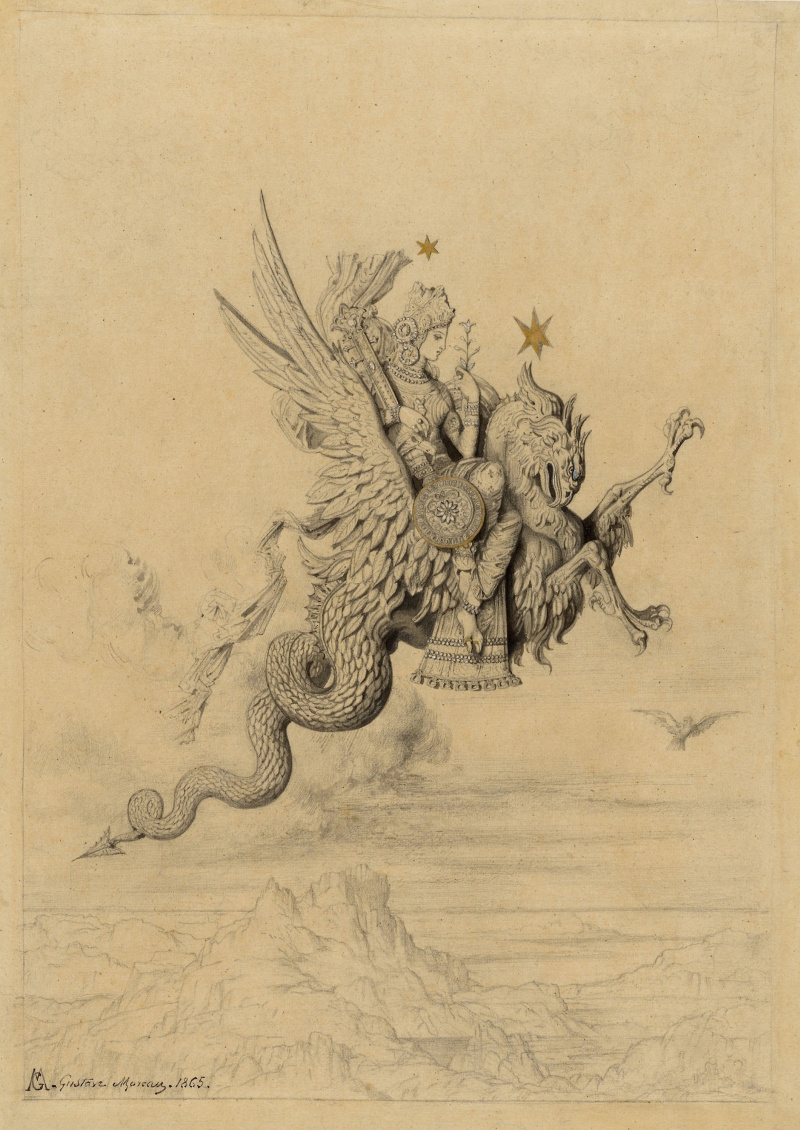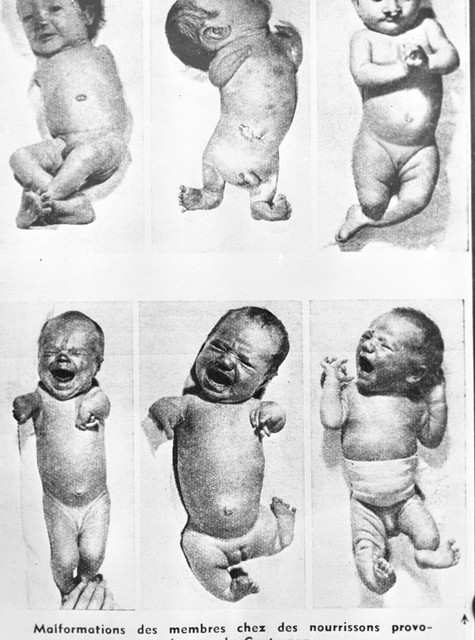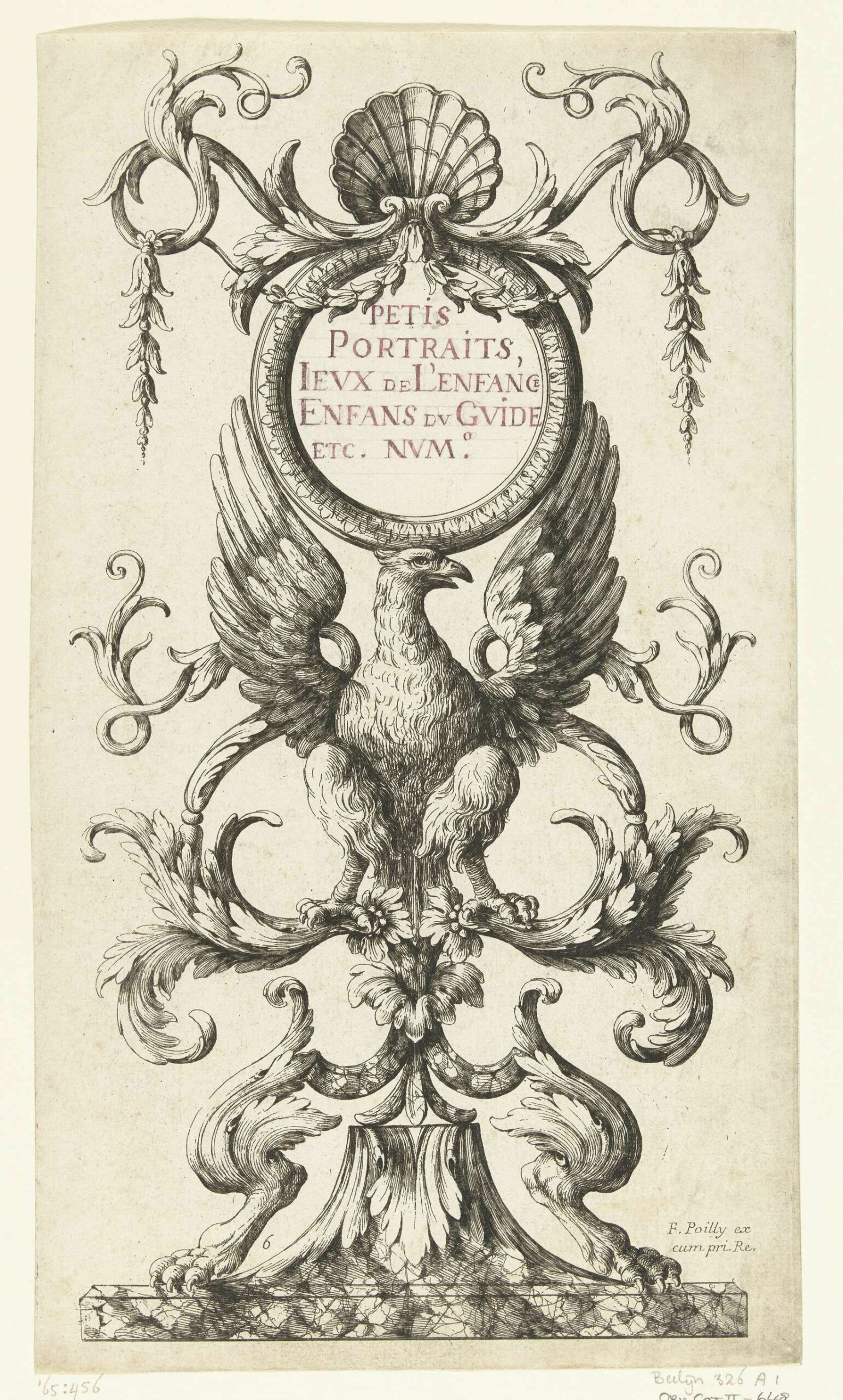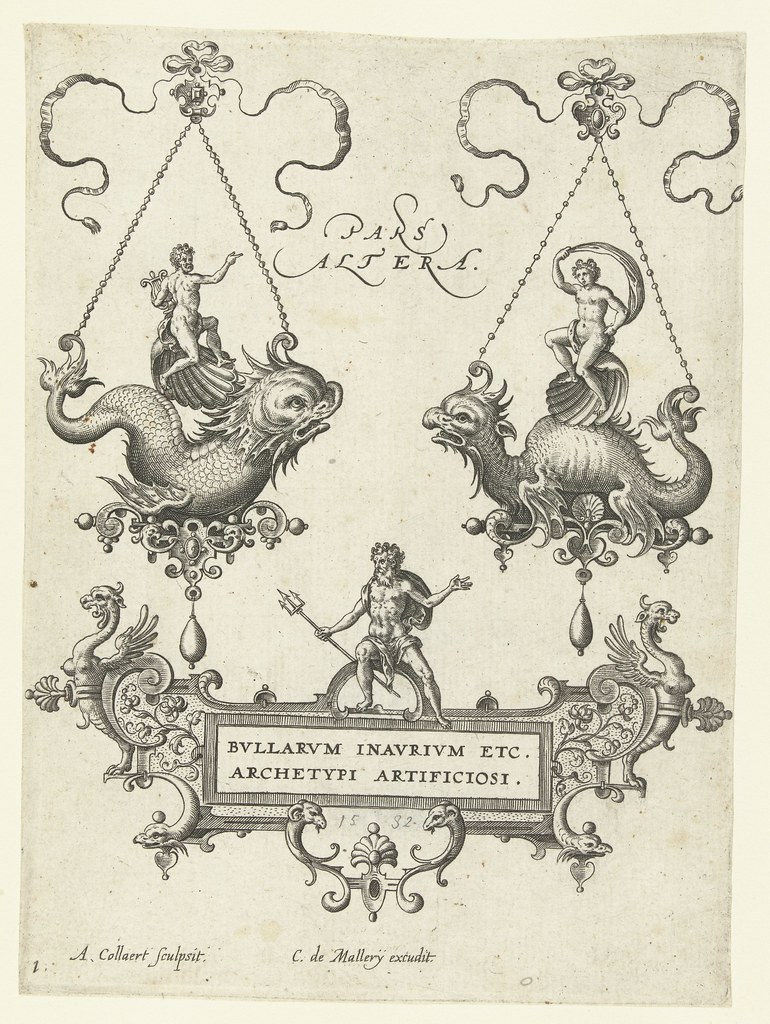
Пери
Рисунки и иллюстрации, 1865, 35.7×25.5 см
In Persian mythology, Peri (Persian: پری, plural پريان pariān or also pari) are exquisite, winged spirits renowned for their beauty. Peris were later adopted by other cultures.They are described as mischievous beings that have been denied entry to paradise until they have completed penance for atonement. Under Islamic influence, Peris became benevolent spirits, in contrast to the mischievous jinn and divs. Scholar Ulrich Marzolph (fa) indicates an Indo-Persian origin for the character, who was later integrated into the Arab fairy tale tradition.
In Persian mythology and literature
Peri, 1875 Kalighat painting
Paris are detailed in Persianate folklore and poetry, appearing in romances and epics. Furthermore, later poets use the term to designate a beautiful woman and to illustrate her qualities.
At the start of Ferdowsi‘s epic poem Shahnameh, “The Book of Kings”, the divinity Sorush appears in the form of a pari to warn Keyumars (the mythological first man and shah of the world) and his son Siamak of the threats posed by the destructive Ahriman. Paris also form part of the mythological army that Kaiumers eventually draws up to defeat Ahriman and his demonic son. In the Rostam and Sohrab section of the poem, Rostam‘s paramour, the princess Tahmina, is referred to as “pari-faced” (since she is wearing a veil, the term pari may include a secondary meaning of disguise or being hidden).
Paris were the target of a lower level of evil beings called دیوسان divs (دَيۋَ daeva), who persecuted them by locking them in iron cages. This persecution was brought about by, as the divs perceived it, the paris’ lack of sufficient self-esteem to join the rebellion against perversion.
Islamic culture
With the spread of Islam through Persia, the pari (or peri in Turkish) was integrated into Islamic folklore. Early Persian translations of the Quran, identified the good jinn as peris, and the evil ones with divs The belief in Pari still persist among Muslims in India as a type of spiritual creature besides the jinn, shayatin and the ghosts of the wicked. Turkish Muslims often accept the existence of paris among other creatures, such as jinn, ifrit (ghosts or demons of hell), nakir, div (ogres or fiends) and shayatin (demons or devils).
According to the Persian exegesis of the Qurʼan Tafsir al-Tabari, the paris are beautiful female spirits created by God after the vicious divs. They mostly believe in God and are benevolent to mankind. They are still part of some folklore and accordingly they appear to humans, sometimes punishing hunters in the mountains who are disrespectful or waste resources, or even abducting young humans for their social events. Encounters with paris are held to be physical as well as psychological.
Marriage, although possible, is considered undue in Islamic lore. Because of humans impatience and distrust, relationship between humans and paris will break up. Bilqis is, according to one narrative, the daughter of such a failed relationship between a pari and a human.
Although peris are usually regarded as benevolent creatures, in contrast to the divs, among the people of the air, they are credited with being morally ambivalent creatures, who may or may not be muslims or infidels. https://en.wikipedia.org/wiki/Peri
Dukas ”La Péri” - Pierre Boulez / NYP
Fanfare Poème dansé Conductor: Pierre Boulez New York Philharmonic My blog: https://sonarmc.com/wordpress/site01/…
An almost forgotten masterpiece of the French symphonic repertoire of the early 20th century.

Misvormde baby’s
Softenon werd in 1958 gecommercialiseerd in België. Twee jaar later doken de eerste bezwaren van buitenlandse wetenschappers op. Artsen legden een link tussen de inname van het medicijn tijdens de zwangerschap en misvormingen bij de baby. In juni 1962 nam de Belgische regering een voorlopige maatregel, maar de apothekers mochten hun voorraden nog verkopen. Pas in december 1969 werd Softenon volledig verboden. En dat terwijl het medicijn al in november 1961 van de markt werd gehaald in West-Duitsland en in Frankrijk en de VS zelfs niet eens op de markt werd gebracht, uit voorzorg.
In 2012 tekenden veertien Belgische Softenon-slachtoffers beroep aan tegen de beslissing in eerste aanleg om hun zaak tegen de Belgische Staat onontvankelijk te verklaren wegens verjaring. Ze waren bovendien erg verontwaardigd dat de pers voor hen op de hoogte gesteld werd en verwijten de rechter dat hij geen rekening gehouden heeft met bepaalde elementen uit het dossier.
De advocaten van de zogenaamde Softenon-kinderen, personen die met een misvorming ter wereld kwamen omdat hun moeder het geneesmiddel tijdens de zwangerschap innam, vroegen voor de rechtbank van eerste aanleg in Brussel om de verantwoordelijkheid van de Belgische Staat te erkennen. De slachtoffers verwijten de staat dat het medicijn te laat verboden werd, dat ze nooit excuses kregen en dat ze ook vandaag nog onvoldoende hulp krijgen. https://www.nieuwsblad.be/cnt/dmf20180301_03384254
Verticaal paneel met kandelabermotief, Paul Androuet Ducerceau, ca. 1670 – ca. 1685 – Rijksmuseum



